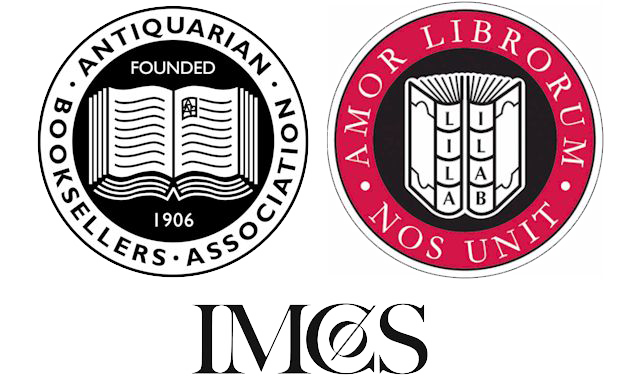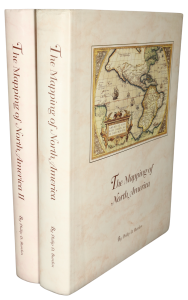Rare Maps and Prints
- World & Celestial
- North America
- West Indies, South & Central America
- British Isles
- British Isles
- English counties
- Large-scale
- Bedfordshire
- Berkshire
- Buckinghamshire
- Cambridgeshire
- Cheshire
- Cornwall
- Cumberland
- Derbyshire
- Devon
- Dorset
- Durham
- Essex
- Gloucestershire
- Hampshire
- Herefordshire
- Hertfordshire
- Huntingdonshire
- Islands
- Kent
- Lancashire
- Leicestershire
- Lincolnshire
- Middlesex
- Norfolk
- Northamptonshire
- Northumberland
- Nottinghamshire
- Oxfordshire
- Rutland
- Shropshire
- Somerset
- Staffordshire
- Suffolk
- Surrey
- Sussex
- Warwickshire
- Westmoreland
- Wiltshire
- Worcestershire
- Yorkshire
- Wales
- Scotland
- Ireland
- Western Europe
- Eastern Europe
- Middle East
- Africa
- Asia
- Australasia & Pacific
- Decorative Prints
- Title Pages
Mr. Philip D. Burden
P.O. Box 863,
Chalfont St. Giles, Bucks HP6 9HD,
UNITED KINGDOM
Tel: +44 (0) 1494 76 33 13
Email: enquiries@caburden.com
A fine collection of 75 albumen photographs of nineteenth century coffee plantations in Ceylon. Amongst the subjects depicted include coffee growing, ethnography, colonial architecture & railway with portraits of the native peoples and the growers. A fascinating collection of early photographs by H. J. Wilkinson, London, and W. L. H. Skeen, of Ceylon and the flourishing coffee plantations and people of this British crown colony. A hand written note identifies the photographer as H. J. or H. S. Wilkinson, of London and states that “Most of these Photographs were taken whilst S. J. D was in Colombo”. Other photographs in the collection are blind stamped “W. L. H. Skeen”, for William Louis Henry Skeen, whose firm W L H Skeen and Co. were the premier photographers in Ceylon beginning in the mid 1860s. The note also states “Similar specimens were awarded a Silver medal at the Melbourne Exhibition.” The photographs themselves were taken during the time that coffee growing was flourishing in Ceylon before 1869, when the coffee industry collapsed. The scrap book from which these came was itself assembled in the mid 1880s as the Melbourne Exhibition, which is specifically mentioned, took place from 1880 to 1881. Grouped by topic, there are roughly a dozen landscapes; another group of 20 which are landscapes with coffee plantations and their workings; about half a dozen of which are group shots of people, including the leading coffee planters of the Dickoya District; and roughly a dozen portraits of native peoples.
Coffee growing in the central highlands of Ceylon began in the early 1820s, and widespread cultivation was underway by the 1840s. According to the “The Coffee Planter” by William Sabonadiere, by 1866 there were 802 coffee estates in Ceylon. In 1869 a fungus, “coffee rust” or “coffee leaf disease” appeared and spread throughout the plantations. The subsequent near total failure of coffee cultivation led to the conversion of most of the coffee estates into tea plantations, although transitional crops were planted through the 1870s and 1880s. In Sri Lanka today, the tea industry dominates the landscape of the central highland massif and contributes the largest proportion of hard currency to their economy.
Coffee growing in the central highlands of Ceylon began in the early 1820s, and widespread cultivation was underway by the 1840s. According to the “The Coffee Planter” by William Sabonadiere, by 1866 there were 802 coffee estates in Ceylon. In 1869 a fungus, “coffee rust” or “coffee leaf disease” appeared and spread throughout the plantations. The subsequent near total failure of coffee cultivation led to the conversion of most of the coffee estates into tea plantations, although transitional crops were planted through the 1870s and 1880s. In Sri Lanka today, the tea industry dominates the landscape of the central highland massif and contributes the largest proportion of hard currency to their economy.
WILKINSON, H. J., photographer
[Ceylon/ Sri Lanka]
c.1865
75 albumen photographs, about half measure 230 x 280 mm., all on album sheets with captions and borders, most of the remaining measure 230 x 180 mm. All in good condition.
Stock number: 7749
SOLD








